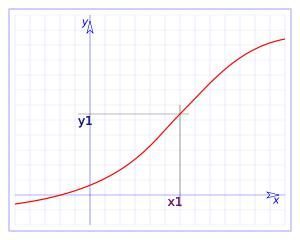 The Solar radiation It is a physical phenomenon due to the emission of energy by the sun in the form of electromagnetic radiation. These radiations can be quantified and are expressed in irradiance units, a unit that reflects its power per unit area. A particular characteristic of radiation is that it is a form of energy that can be transmitted in a vacuum, which makes it capable of passing through space.
The Solar radiation It is a physical phenomenon due to the emission of energy by the sun in the form of electromagnetic radiation. These radiations can be quantified and are expressed in irradiance units, a unit that reflects its power per unit area. A particular characteristic of radiation is that it is a form of energy that can be transmitted in a vacuum, which makes it capable of passing through space.
The amount of solar radiation that reaches our planet depends on factors such as the distance between the earth and the sun, the direction or angle at which these radiation enter the atmosphere and the movements that the earth normally has of rotation and translation.
These electromagnetic radiations are waves that originate from the acceleration of electrical charges, once they reach the earth it is estimated that only half of them reach the earth's surface, either directly or by being dispersed by the atmosphere. The rest of the radiation is absorbed or scattered by terrestrial elements or is lost in space. One of the atmospheric components related to the absorption of these radiations, especially in the ultraviolet spectrum, is ozone.
The atmosphere plays an important role in the use of this form of energy since it is capable of keeping it on the earth's surface, allowing a temperature level to be maintained, on planets that lack an atmosphere, solar radiation is completely reflected into space.
Much of the solar radiation is perceived by the human eye as white light, however a significant proportion of these radiation cannot be perceived as they are in the infrared or ultraviolet spectra.
Solar radiation of the ultraviolet type is of great importance, both medical and industrial.
From the point of view of health, the adverse effects of these radiations on structures such as the skin are well known, where they are capable of giving rise to the appearance of different types of malignant tumors, as well as causing lesions such as spots and skin deterioration that it is known as photoaging.
At an industrial level, the adverse effects of this type of radiation have found a series of beneficial uses as a mechanism to sterilize and disinfect various products and surfaces, since by exposing microorganisms to these radiation it is possible to damage their DNA, thus preventing them from Replicate, at higher doses of radiation it is possible to break its cell membrane, thus disintegrating the cell, which will lead to the death of the microorganism.









